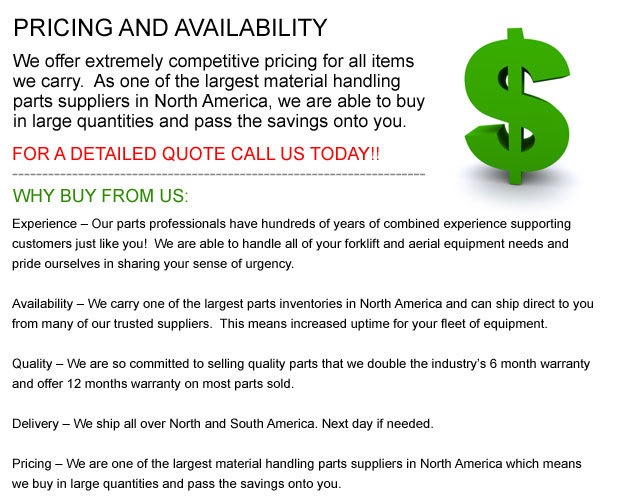
Even if sales volumes have normally been small, approximately 1% to 5% of the global forklift market; side-loaders have become the dominant choice of machine in the material handling industry for handling unusual cargo in a simple manner.
Commonly, side-loaders are utilized within the timber, aluminum, steel, glass, construction and aviation businesses. Furthermore, they are utilized in businesses that are making unusual items like for instance windmill arms and moldings. Practically any business that produces awkward or oversized long items utilizes the side-loaders.
In the start of the 1950's, Henry Le Grande Lull from the Lull Manufacturing Company originally designed the sideloader lift truck. These early models were requested from the US Air Force. The first concept was patented for commercial application but it was not developed until Lull Manufacturing was taken over during 1959 by the Baker Raulang Company. It was Baker Raulang who put the design into production. Afterward, the name was changed to Baker Traveloader. During the late 1950s, the side-loaders were launched in Europe. The early units were made by Italian manufacturer Fiora and the afterwards B-P Battioni e Pagani who pioneered the equipment's utilization in timber yards.
The side-loader is a bit different from the counterbalanced forklift, since the conventional forward-traveling lift trucks have front facing forks whilst the side-loader has side facing forks. The operator though will drive in a cabin similar to those utilized in conventional forklifts. The lifting, loading, and unloading functions are performed by the mast located at the driver's right-hand side. The load is typically transported lying on a wooden or metal deck. This helps to decrease stress, distortion and damage to the load. Recent innovations to the side-loader design have incorporated a huge variety of lifting accessories being developed.
The utilization of side-loaders as opposed to the reach-stackers or conventional forklifts: safer operating conditions, improved visibility, and faster traveling speeds as well as the ability to use available space more efficiently.
Only once you assess your work environment and kinds of applications you will be putting your machinery through, would you be able to accurately determine the best type of machine to finish your tasks. There are some great rental alternatives available too in order to know the right type of machine to accomplish all your requirements. Doing some research on the Internet or talking to a reputable dealer is one more great way to get some information also when trying to figure out the best option.
![]() Click to Download the pdf
Click to Download the pdf
Forklift Parts
Lift Parts Express
TOLL FREE: 1-888-695-7994
forkliftpartsoklahoma.com
Email Us
About Us


